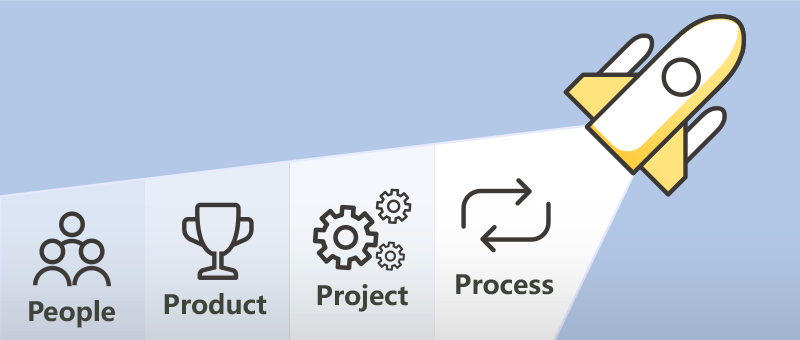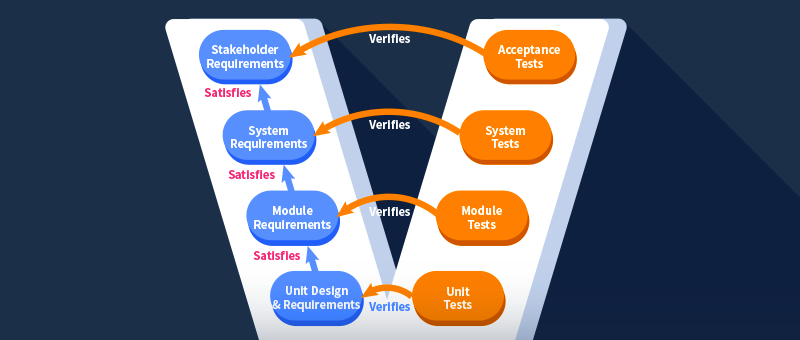IT Project Management

A report by the International Data Corporation (IDC) states that 25% of IT projects came to nothing, and that is not counting the 50% that required rework and the 20-25% that failed to deliver a return on investment (ROI). As we all know, managing IT projects has many challenges. The following are the most common challenges:
1. Large learning curve
Challenge:
IT projects (depending on how their teams are recruited) might have a huge learning curve due to the breadth of the IT field. For instance, teams that understand IT infrastructure are mostly ignorant of industry-specific application development.
Even if the team as a whole is experienced with this type of project, at some point in the project life cycle, there may be members of the team engaging in the assigned type of activity for the first time, or using the new technology for the first time, or someone leaves in the midway, and this curve can also slow down any progress in the execution of the project.
Solution:
The biggest reason for the high failure rate of IT projects is that IT projects are too broadly defined. IT projects can include hardware and software, hardware installation and management, network configuration and management, IT emergency recovery, infrastructure (e.g. data centers, large networks), security, system integration, system implementation, web and mobile application development, system software development and business application software development, etc. Different types have different priorities and management pitfalls. If the IT project team lacks knowledge, experience, and skills in the areas involved, the time and cost of trial and error can be high. If the IT project team has sufficient knowledge, experience and skills, the time and cost of trial and error will be lower.
Project failure depends largely on the project sponsors or management’s tolerance for the time and cost of trial and error by the IT project team. To solve the biggest challenges of IT projects, the most important prerequisite is to find the right team and ensure that it has sufficient knowledge, experience and skills in the areas that the project involves.
With the above prerequisite, you can use  PPM to obtain project authorization and carry out your project. But some project team members may change mid-project, leaving to work on other projects or new jobs. While this can be frustrating as you have to deal with the impact of the learning curve again, you have to recalibrate - use
PPM to obtain project authorization and carry out your project. But some project team members may change mid-project, leaving to work on other projects or new jobs. While this can be frustrating as you have to deal with the impact of the learning curve again, you have to recalibrate - use  PPM to see the unfinished tasks assigned by departing people and find new people with the right skills to fill the vacancies.
PPM to see the unfinished tasks assigned by departing people and find new people with the right skills to fill the vacancies.
2. Unclear needs and their sprawl
Challenge:
Project empowerment enables IT projects, but it is not a substitute for gathering detailed requirements and expectations from all stakeholders. One of the challenges of managing projects is to deal with unknown or unclear requirements and their sprawl.
Solution:
Managing unknown or ambiguous requirements and their sprawl is a key competency for an IT project manager. The best practice is to use  PPM’s Requirement Management function at the beginning of a project to ensure you have the proper workflow to collect, confirm and sign off project requirements, and reconfirm timelines and cost estimates. This step is important because demand is time- and cost-dependent. Then, you should include the requirement change management workflow in the project planning and execution of
PPM’s Requirement Management function at the beginning of a project to ensure you have the proper workflow to collect, confirm and sign off project requirements, and reconfirm timelines and cost estimates. This step is important because demand is time- and cost-dependent. Then, you should include the requirement change management workflow in the project planning and execution of  PPM. Using the system, you can renegotiate time and reallocate resources in real time, and see necessary changes in timeline and cost estimates on its Project Planning & Execution page. Without fast and accurate time and cost impact information, you cannot manage demand creep because you lack the actual data to allow stakeholders to make trade-offs.
PPM. Using the system, you can renegotiate time and reallocate resources in real time, and see necessary changes in timeline and cost estimates on its Project Planning & Execution page. Without fast and accurate time and cost impact information, you cannot manage demand creep because you lack the actual data to allow stakeholders to make trade-offs.
3. Lack of clear communication with multiple vendors and suppliers
Challenge:
One of the common challenges facing IT projects is the partners, suppliers and contractors involved. Everyone acts as a stakeholder in the project, so managing expectations and communication while dealing with each vendor’s unique process (or lack thereof) can complicate things.
When IT project managers don’t manage communications properly, conflicts are prone to occur, which can affect on-time delivery and the achievement of project goals.
Solution:
Use  PPM to include suppliers as project stakeholders, and supplier’s employees involved in projects as project member management. This not only simplifies and automates your operations, but also maximizes trust from suppliers. If there is a small amount of project information that is not suitable for suppliers to see, you can define in
PPM to include suppliers as project stakeholders, and supplier’s employees involved in projects as project member management. This not only simplifies and automates your operations, but also maximizes trust from suppliers. If there is a small amount of project information that is not suitable for suppliers to see, you can define in  PPM that suppliers do not have access rights to this information.
PPM that suppliers do not have access rights to this information.
4. Complex dependencies of IT components
Challenge:
Another IT challenge the team encountered was the complex dependencies between IT components and IT infrastructure and between IT components and IT components.
Solution:
Use  PPM to correlate each IT component deliverable with the other deliverables it depends on, so that every deliverable owner can see the following up-to-date information at all times:
PPM to correlate each IT component deliverable with the other deliverables it depends on, so that every deliverable owner can see the following up-to-date information at all times:
- Who do you depend on
- Who depend on themselves
You can also set up  PPM to alert affected parties when a deliverable changes in time.
PPM to alert affected parties when a deliverable changes in time.


 is cool!
is cool! provides you a comprehensive
picture of recent, current, and likely future of your infrastructure and operations.
provides you a comprehensive
picture of recent, current, and likely future of your infrastructure and operations.

































































































